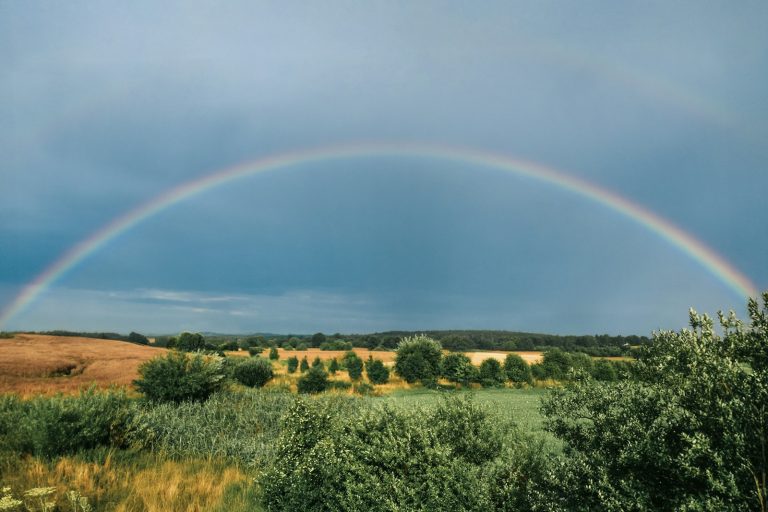The idea of living sustainably used to carry a whiff of hemp sandals and compost heaps. Now? It’s a status flex. From chic zero-waste designs to unexpected material swaps that feel as luxe as they look, sustainability is breaking its crunchy stereotype and sliding into the mainstream. The way we think about our homes is changing fast, and it’s not just about saving the planet—it’s about upgrading our lifestyle in a way that feels, well, sexy.
But don’t roll your eyes just yet. This isn’t another generic take on eco-friendly bamboo cutlery or reusable bags (yawn). The real story lies in the unexpected ways people are flipping sustainability into something aspirational—without sacrificing aesthetics or convenience.
Story Stages
Old Materials, New Stories
Upcycling isn’t exactly new, but the way it’s being executed now? Total glow-up. Forget wobbly DIY furniture; today’s reclaimed materials are the backbone of high-end design. Picture salvaged wood from 19th-century barns reimagined as minimalist dining tables, or post-industrial metal scraps transformed into sculptural lighting.
The appeal here isn’t just eco-bragging rights. There’s an emotional layer to it. Each piece has a story, a past life. It feels authentic in a world where mass production rules. And that matters more than ever in spaces we call home. Authenticity hits differently when it’s woven into the literal fibers of your life—quite literally when recycled textiles enter the picture.
The Quiet Kitchen Revolution
Here’s where things start to feel revolutionary: the kitchen. It’s not just the heart of the home; it’s ground zero for waste. The rise of sustainable kitchens isn’t just about swapping your old appliances for energy-efficient ones (though, yeah, do that).
Instead, it’s the subtle swaps that are shaking things up. Composting systems built right into sleek countertops. Fridges with climate-controlled sections to keep food fresh longer. And a must? Bamboo paper towels. These bad boys are game-changers. Forget the throwaway culture of traditional paper towels. Bamboo options bring durability, reusability, and a major reduction in waste to the table—literally. It’s the kind of upgrade that’s low-effort but high-impact, making it a no-brainer for anyone trying to clean up their act without feeling like they’re sacrificing anything.
Furniture That’s Alive (Sort Of)
We’re not talking about sentient sofas, but living furniture is absolutely a thing. Moss walls, for instance, are having a moment, blurring the line between interior design and biophilic art. They’re zero-maintenance (for real), purify the air, and add an organic vibe to even the most modern spaces.
Beyond aesthetics, this trend hits on something deeper: the need to connect with nature without leaving your comfort zone. With more people working from home, the urge to bring the outdoors in is only getting stronger. Whether it’s air-cleaning houseplants or entire furniture lines made from mushroom mycelium, the future is alive—and greener than ever.
Minimalism Meets Functionality
Minimalism isn’t dead; it’s just evolving. The new wave of sustainable minimalism focuses on function as much as form. Think multi-use furniture designed to save space and reduce waste. Modular sofas that can adapt to your lifestyle shifts. Beds with built-in storage made from reclaimed materials.
It’s a mindset that’s less about owning less for its own sake and more about investing in pieces that are built to last. Quality over quantity might sound cliché, but it hits different when you know your sleek, timeless desk isn’t going to end up in a landfill five years down the line.
Energy, But Make It Sexy
Solar panels used to be the visual equivalent of orthopedic shoes: practical but clunky. Not anymore. Enter the rise of architectural solar. Think glass tiles that double as solar collectors or panels integrated seamlessly into modern facades. They’re barely noticeable, which is the point.
Add to that the rise of home energy systems that let you control everything from your phone. Whether it’s tracking how much power your rooftop is generating or redirecting excess energy back into your home, energy management has never been cooler—or easier.
But it’s not all about tech. Even simple solutions, like skylights designed to maximize natural light, are redefining how we think about sustainability. It’s all about making it effortless and chic.
The Culture Shift
At the heart of all these trends lies something bigger: a cultural pivot. Sustainability isn’t being forced—it’s being embraced. It’s not about guilt-tripping people into making eco-conscious choices. It’s about showing them how those choices can genuinely improve their lives.
The key to living a more sustainable lifestyle is finding the swaps that don’t feel like sacrifices. That’s why the bamboo paper towels matter as much as the reclaimed furniture or solar innovations. They’re the baby steps that add up.
It’s no longer about survival—it’s about thriving. Homes aren’t just where we live; they’re how we express who we are. And nothing feels more current than making that expression eco-friendly without feeling like you’re giving up anything.
The Future Is Green (And It Looks Damn Good)
The home sustainability movement isn’t slowing down anytime soon. As trends evolve, one thing is clear: eco-conscious living has crossed the threshold from niche to necessary, but in a way that’s anything but boring.
Whether it’s the rise of bamboo essentials, biophilic designs, or cutting-edge energy solutions, the trend is rewriting how we think about our homes. And the best part? It’s a shift that doesn’t just look good on Instagram—it feels good in real life.
